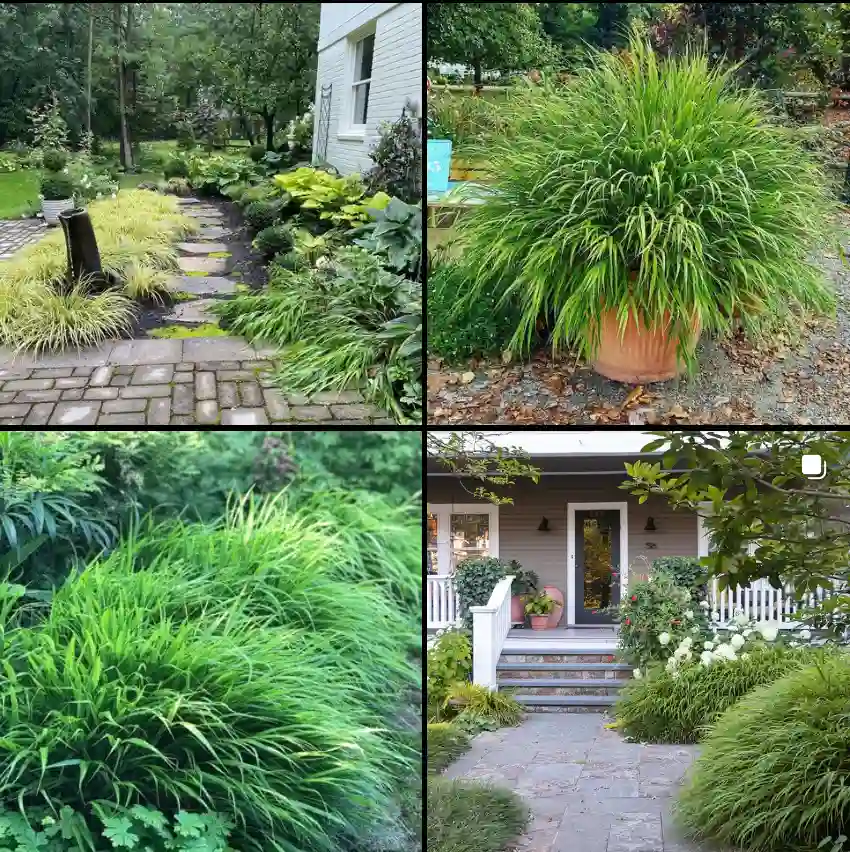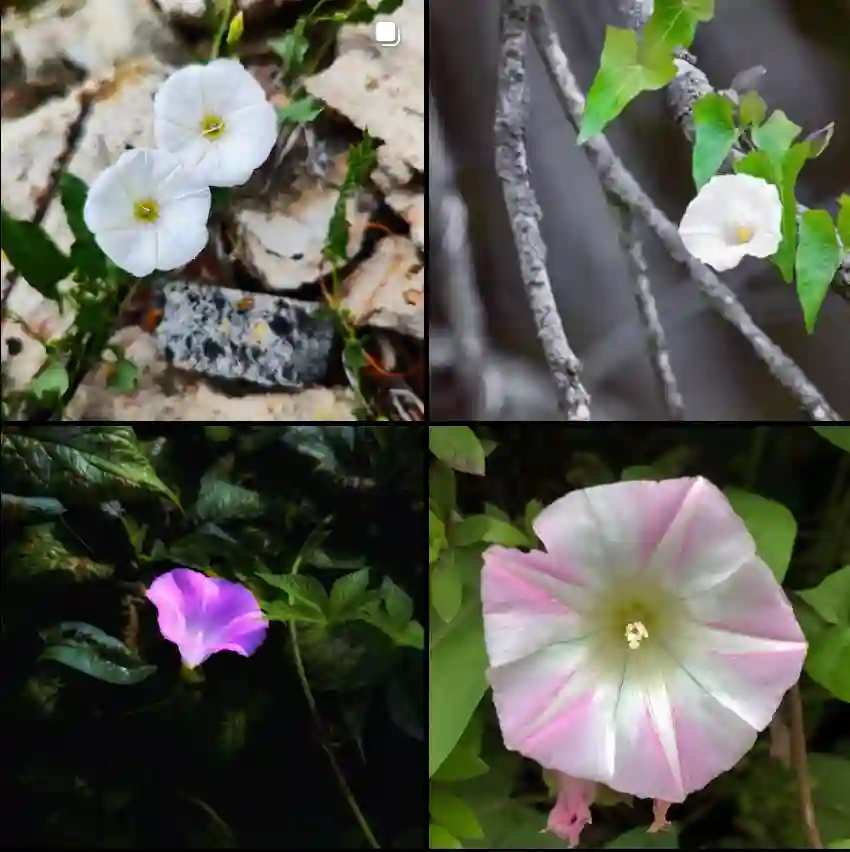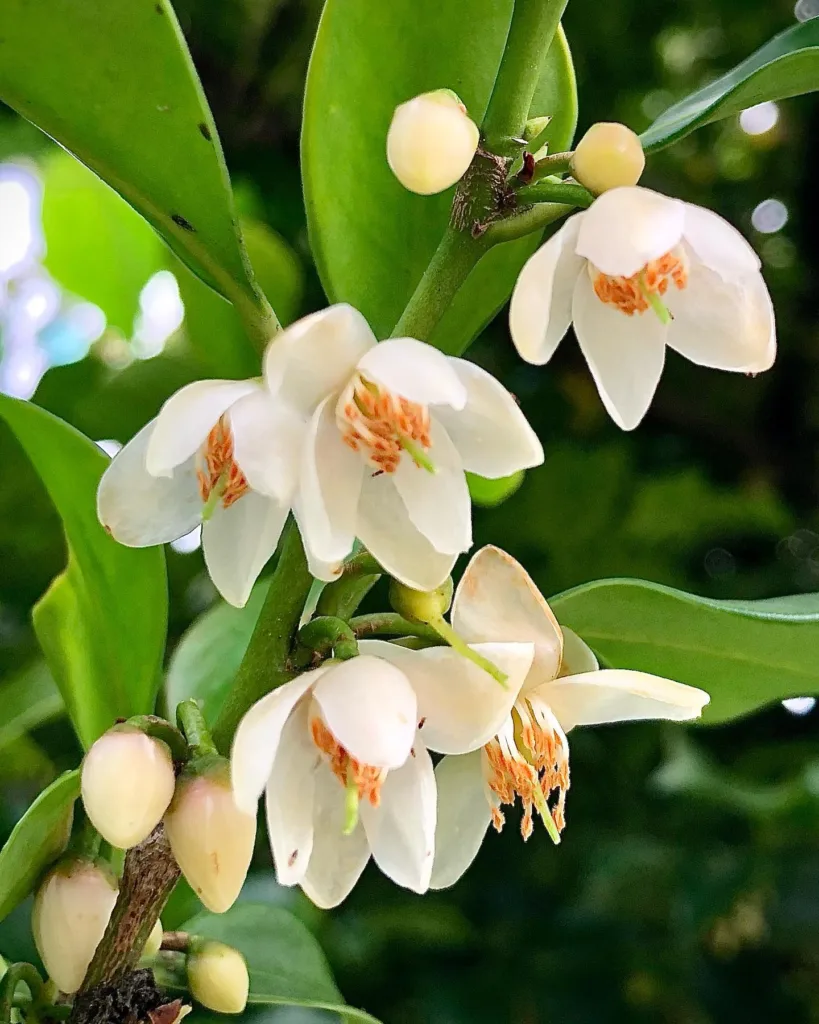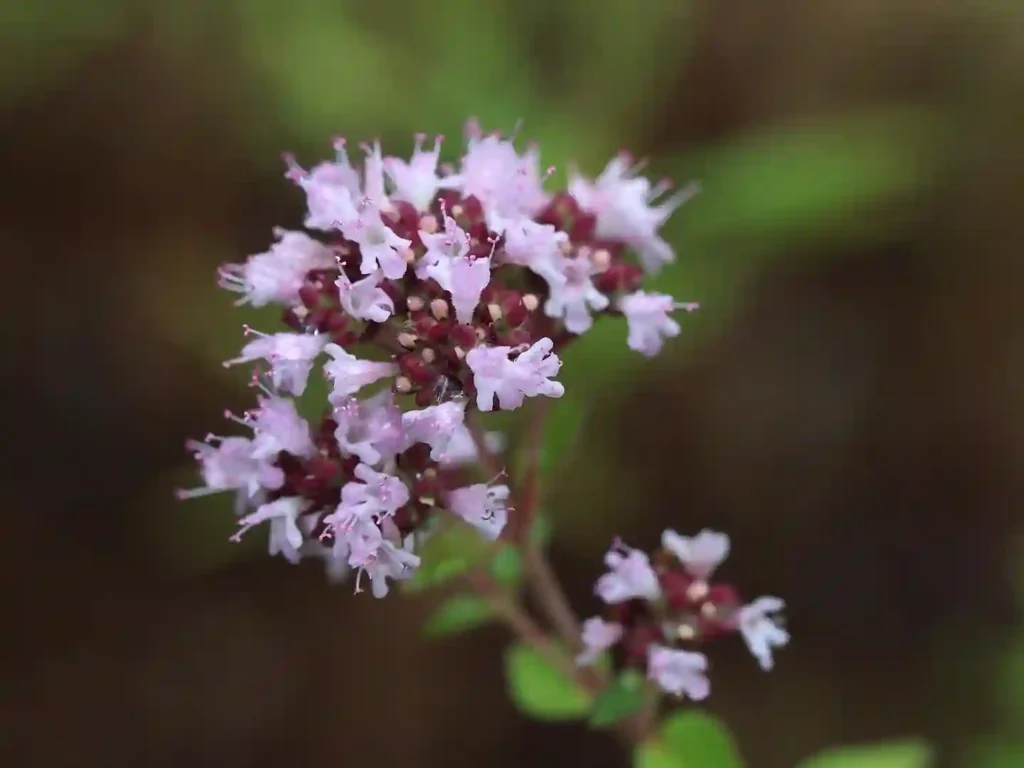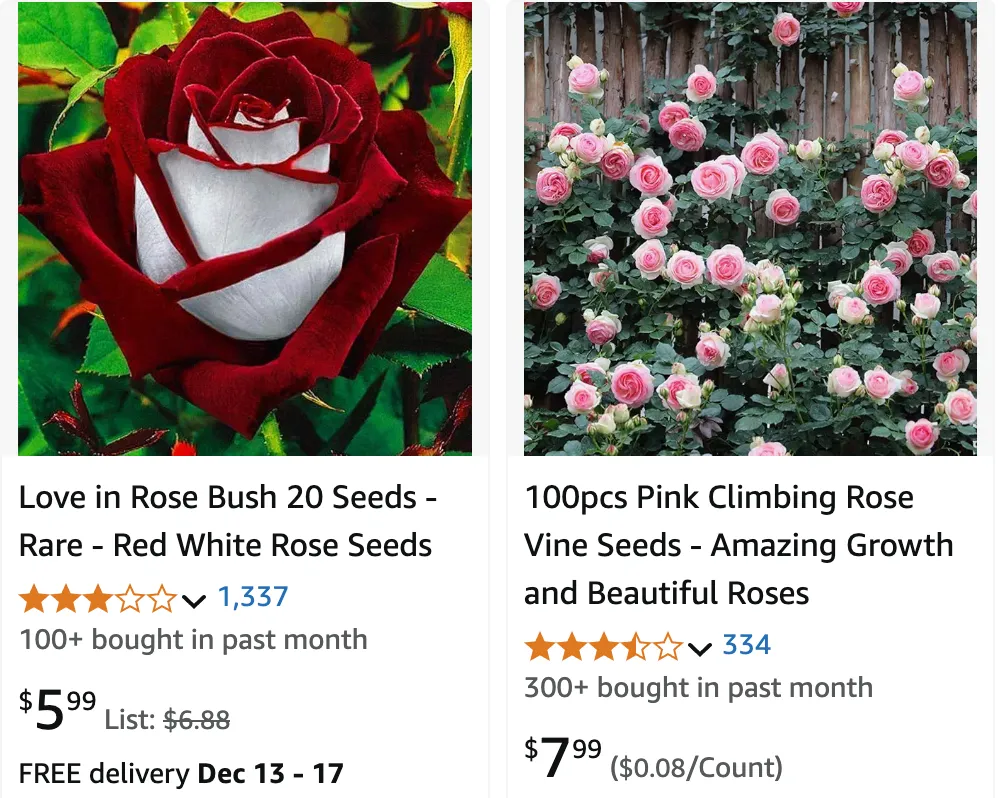
February 14 – Rosa
"Rosa, the rose, defines February 14."
Rosa symbolizes love and passion. Your presence exudes warmth, beauty, and deep affection. Like the timeless rose, you embody romance and elegance, capturing hearts with your charm and devotion.
A Rose by Any Other Name: Exploring the Genus Rosa
My name is Ferb Vu, and I’ve always been fascinated by the natural world. From the towering redwoods to the smallest wildflowers, each plant has a story to tell. Today, I want to share my admiration for a particular genus that has captivated humans for centuries: the Rosa genus, more commonly known as the rose.
Roses have been cultivated for over 5,000 years, prized for their beauty and fragrance. But beyond their ornamental value, roses are a testament to the diversity and resilience of nature. The genus Rosa encompasses a vast array of species, each with its unique characteristics and adaptations.
The Wild Roses: Origins and Diversity
The genus Rosa is a member of the Rosaceae family, which includes other beloved plants like apples, cherries, and strawberries. While we often associate roses with cultivated gardens, the genus boasts over 391 wild species, distributed across the Northern Hemisphere. These wild roses are the ancestors of the countless cultivars we see today, and they offer a glimpse into the evolutionary history of this iconic flower.
From the fragrant Rosa damascena of the Middle East to the hardy Rosa rugosa of East Asia, wild roses exhibit remarkable diversity in their form, color, and fragrance. Some species, like Rosa canina (commonly known as the dog rose), are vigorous climbers, their thorny stems reaching high into the canopy. Others, like Rosa wichuraiana, spread low to the ground, forming dense thickets. This diversity reflects the adaptability of roses to a wide range of environments, from coastal dunes to mountain slopes.
A Thorny Subject: Classification and Characteristics
Classifying roses can be a thorny subject, as the genus is known for its complex genetics and propensity for hybridization. However, botanists generally divide the genus into four subgenera:
- Hulthemia: This subgenus includes only two species, Rosa persica and Rosa berberifolia, which are unique for their simple, undivided leaves.
- Hesperrhodos: This subgenus comprises two species native to North America, Rosa minutifolia and Rosa stellata, characterized by their small leaves and flowers.
- Platyrhodon: This subgenus contains a single species, Rosa roxburghii, native to China and known for its distinctive flaky bark.
- Rosa: This is the largest subgenus, containing the majority of rose species, including many of the wild roses mentioned earlier and the ancestors of most modern garden roses.
Despite their diversity, all roses share some common characteristics. They are typically woody shrubs with thorny stems, although some species can grow as climbers or groundcovers. Their leaves are pinnately compound, meaning they are divided into smaller leaflets arranged along a central stem. And of course, they are renowned for their flowers, which come in a spectrum of colors, from the classic red of Rosa gallica to the pure white of Rosa alba.
Rosa species
- Rosa × aberrans Wolley-Dod
- Rosa abietina Gren. ex Christ
- Rosa abrica Khat. & Koobaz
- Rosa abscissa Charit.
- Rosa abutalybovii Gadzh.
- Rosa abyssinica R.Br. ex Lindl.
- Rosa achburensis Chrshan.
- Rosa acicularis Lindl. Plant FAQs: Rosa Acicularis – Arctic Rose
- Rosa adenophylla Galushko
- Rosa agnesii Ker.-Nagy
- Rosa agrestis Savi
- Rosa alabukensis Tkatsch.
- Rosa × alba L.
- Rosa alberti Regel
- Rosa alexeenkoi Crép. ex Juz.
- Rosa × almeriensis Rouy
- Rosa × alpestris Rapin ex Reut.
- Rosa altidaghestanica Husseinov
- Rosa amblyophylla Kult.
- Rosa × andegavensis Bastard
- Rosa × andrzeiowskii Steven ex Besser
- Rosa arabica (Crép. ex Boiss.) Déségl.
- Rosa × archipelagica Tchubar
- Rosa arensii Juz. & Galushko
- Rosa arkansana Porter Plant FAQs: Rosa Arkansana – Prairie Rose
- Rosa arvensis Huds.
- Rosa × atlantica W.H.Lewis
- Rosa × avrayensis Rouy & E.G.Camus
- Rosa awarica Husseinov
- Rosa baiyushanensis Q.L.Wang
- Rosa × bakeri Déségl.
- Rosa balakhtensis Stepanov
- Rosa balcarica Galushko
- Rosa balsamica Besser
- Rosa banksiae W.T.Aiton
- Rosa banksiopsis Baker
- Rosa barbeyi Boulenger
- Rosa × barthae Ker.-Nagy
- Rosa beauvaisii Cardot
- Rosa beggeriana Schrenk ex Fisch. & C.A.Mey.
- Rosa bella Rehder & E.H.Wilson
- Rosa bellicosa Nevski
- Rosa × belnensis Ozanon
- Rosa × bengyana Rouy & L.C.Lamb.
- Rosa × bibracteata Bastard ex DC.
- Rosa bidentata Charit.
- Rosa biebersteiniana Tratt.
- Rosa × bigeneris Duffort ex Rouy
- Rosa × binaloudensis Vaezi, Arjmandi & Sharghi
- Rosa × bishopii Wolley-Dod
- Rosa × biturigensis Boreau
- Rosa blanda Aiton Plant FAQs: Rosa Blanda – Smooth Rose
- Rosa × blinovskyana Kult.
- Rosa boissieri Crép.
- Rosa × bolanderi Greene
- Rosa × borhidiana Ker.-Nagy
- Rosa bracteata J.C.Wendl.
- Rosa bridgesii Crép. ex Rydb.
- Rosa brotherorum Chrshan.
- Rosa brunonii Lindl.
- Rosa × budensis Borbás
- Rosa bugensis Chrshan.
- Rosa buschiana Chrshan.
- Rosa caesia Sm.
- Rosa calantha Tkatsch.
- Rosa calcarea Lipsch. & Sumnev.
- Rosa californica Cham. & Schltdl.
- Rosa calyptopoda Cardot
- Rosa × campanulata Ehrh.
- Rosa × canadensis W.H.Lewis
- Rosa canina L. Plant FAQs: Rosa Canina
- Rosa carolina L.
- Rosa caryophyllacea Besser
- Rosa caudata Baker
- Rosa × caviniacensis Ozanon
- Rosa Centifolia – Plant FAQs: Rosa Centifolia – Cabbage Rose
- Rosa chavinii Rapin ex Reut.
- Rosa chengkouensis T.T.Yu & T.C.Ku
- Rosa chinensis Jacq. Plant FAQs: Rosa Chinensis
- Rosa chionistrae H.Lindb.
- Rosa × churchillii W.H.Lewis
- Rosa cinnamomea L.
- Rosa clinophylla Thory
- Rosa coalita Charit.
- Rosa × consanguinea Gren.
- Rosa corymbifera Borkh.
- Rosa corymbulosa Rolfe
- Rosa × cottetii Lagger & Puget ex Cottet
- Rosa coziae Nyár.
- Rosa cziragensis Husseinov
- Rosa Damascena – Plant FAQs: Rosa Damascena – Damask Rose
- Rosa daishanensis T.C.Ku
- Rosa darginica Husseinov
- Rosa davidii Crép.
- Rosa davurica Pall.
- Rosa deqenensis T.C.Ku
- Rosa derongensis T.C.Ku
- Rosa deseglisei Boreau
- Rosa diacantha Chrshan.
- Rosa diplodonta Dubovik
- Rosa dolichocarpa Galushko
- Rosa doluchanovii Manden.
- Rosa donetzica Dubovik
- Rosa × dryadea Ripart ex Déségl.
- Rosa dsharkenti Chrshan.
- Rosa dubovikiae Mironova
- Rosa × dulcissima Lunell
- Rosa dumalis Bechst.
- Rosa × dumetorum Thuill.
- Rosa duplicata T.T.Yu & T.C.Ku
- Rosa ecae Aitch.
- Rosa elymaitica Boiss. & Hausskn.
- Rosa × engelmannii S.Watson
- Rosa ermanica Manden.
- Rosa facsarii Ker.-Nagy
- Rosa fargesiana Boulenger
- Rosa farreri Stapf ex Cox
- Rosa × fernaldiorum W.H.Lewis
- Rosa × fertilis Kult.
- Rosa filipes Rehder & E.H.Wilson
- Rosa flavida Charit.
- Rosa foetida Herrm. Plant FAQs: Rosa Foetida – Austrian Copper Rose – Persian Yellow
- Rosa foliolosa Nutt.
- Rosa forrestiana Boulenger
- Rosa freitagii Ziel.
- Rosa fujisanensis (Makino) Makino
- Rosa funingensis L.Luo & Yu Y.Yang
- Rosa gadzhievii Chrshan. & Iskend.
- Rosa gallica L. Plant FAQs: Rosa Gallica – Gallica Rose
- Rosa galushkoi Demurova
- Rosa geninae Juz.
- Rosa gigantea Collett ex Crép.
- Rosa × gilmaniana W.H.Lewis
- Rosa giraldii Crép.
- Rosa glabrifolia C.A.Mey. ex Rupr.
- Rosa glauca Pourr. Plant FAQs: Rosa Glauca – Redleaf Rose – Rosa Rubrifolia
- Rosa × glaucoides Wolley-Dod
- Rosa glomerata Rehder & E.H.Wilson
- Rosa gorenkensis Besser
- Rosa graciliflora Rehder & E.H.Wilson
- Rosa gracilipes Chrshan.
- Rosa × grovesii (Baker) Maskew
- Rosa gulczensis Tkatsch.
- Rosa gymnocarpa Nutt. Plant FAQs: Rosa Gymnocarpa
- Rosa × hainesii W.H.Lewis
- Rosa × harmsiana W.H.Lewis
- Rosa heckeliana Tratt.
- Rosa helenae Rehder & E.H.Wilson
- Rosa hemisphaerica Herrm.
- Rosa × hemitricha Ripart ex Déségl.
- Rosa × henryana W.H.Lewis
- Rosa hezhangensis T.L.Xu
- Rosa × hibernica Templeton
- Rosa hirtissima Lonacz.
- Rosa hirtula (Regel) Nakai
- Rosa × hodgdonii W.H.Lewis
- Rosa hohuanlinparvifolia S.S.Ying
- Rosa × housei Erlanson
- Rosa × hyogoensis H.Ohba & S.Akiyama
- Rosa iberica Steven ex M.Bieb.
- Rosa iliensis Chrshan.
- Rosa iljinii Chrshan. ex Gadzh.
- Rosa × implexa Gren.
- Rosa incisa Charit.
- Rosa indica L.
- Rosa × infesta Kmet ex Heinr.Braun
- Rosa inodora Fr.
- Rosa × insignis (Déségl. ex Gren.) Déségl. & Ripart
- Rosa × involuta Sm.
- Rosa irinae Demurova
- Rosa irysthonica Manden.
- Rosa isaevii Gadzh. & Iskand.
- Rosa issyksuensis Tkatsch.
- Rosa × iwara Siebold ex Regel
- Rosa jaroschenkoi Gadzh. & Iskand.
- Rosa juzepczukiana Vassilcz.
- Rosa kamelinii Husseinov
- Rosa karaalmensis Tkatsch.
- Rosa × karakalensis Kult.
- Rosa karjaginii Sosn.
- Rosa kazarjanii Sosn.
- Rosa khasautensis Galushko
- Rosa kokanica (Regel) Regel ex Juz.
- Rosa kokijrimensis Tkatsch.
- Rosa komarovii Sosn.
- Rosa × kopetdagensis Meffert
- Rosa koreana Kom.
- Rosa × kosinsciana Besser
- Rosa × kotschyana Boiss.
- Rosa kuhitangi Nevski
- Rosa kujmanica Golitsin
- Rosa kunmingensis T.C.Ku
- Rosa kwangtungensis T.T.Yu & H.T.Tsai
- Rosa kweichowensis T.T.Yu & T.C.Ku
- Rosa laevigata Michx. Plant FAQs: Rosa Laevigata – Cherokee Rose
- Rosa langyashanica D.C.Zhang & J.Z.Shao
- Rosa × lasiodonta Sennen
- Rosa lasiosepala F.P.Metcalf
- Rosa laxa Retz.
- Rosa leschenaultiana (Thory) Wight & Arn.
- Rosa lichiangensis T.T.Yu & T.C.Ku
- Rosa livescens Besser
- Rosa × longicolla Ravaud ex Rouy
- Rosa longicuspis Bertol.
- Rosa longshoushanica L.Q.Zhao & Y.Z.Zhao
- Rosa lucidissima H.Lév.
- Rosa lucieae Franch. & Rochebr. ex Crép.
- Rosa ludingensis T.C.Ku
- Rosa machailensis K.Singh, Harsh Singh, Y.P.Sharma & Gairola
- Rosa macrophylla Lindl.
- Rosa mairei H.Lév.
- Rosa × majorugosa Palmén & Hämet-Ahti
- Rosa × makinoana H.Ohba
- Rosa × malmundariensis Lej.
- Rosa mandenovae Gadzh.
- Rosa mandonii Déségl.
- Rosa manshurica Buzunova
- Rosa × margerisonii F.Lees
- Rosa marginata Wallr.
- Rosa × mariaegraebneriae Asch. & Graebn.
- Rosa × matraensis Borbás
- Rosa maximowicziana Regel
- Rosa × medioccidentis W.H.Lewis
- Rosa memoryae W.H.Lewis
- Rosa mesatlantica H.Lindb.
- Rosa micrantha Borrer ex Sm.
- Rosa × mikawamontana Mikanagi & H.Ohba
- Rosa minutifolia Engelm.
- Rosa mironovae Idrees & J.M.H.Shaw
- Rosa × misimensis Nakai
- Rosa miyiensis T.C.Ku
- Rosa × molletorum Hesl.-Harr.
- Rosa × molliformis Wolley-Dod
- Rosa mollis Sm.
- Rosa × momiyamae H.Ohba
- Rosa montana Chaix
- Rosa morrisonensis Hayata
- Rosa moschata Herrm. Plant FAQs: Rosa Moschata – Musk Rose
- Rosa moyesii Hemsl. & E.H.Wilson
- Rosa multibracteata Hemsl. & E.H.Wilson
- Rosa multiflora Thunb.
- Rosa murielae Rehder & E.H.Wilson
- Rosa nipponensis Crép.
- Rosa nitida Willd.
- Rosa × nitidula Besser
- Rosa nutkana C.Presl
- Rosa obtegens Galushko
- Rosa × odorata (Andrews) Sweet
- Rosa × oldhamii W.H.Lewis
- Rosa × oligocarpa Rydb.
- Rosa omeiensis Rolfe
- Rosa onoei Makino
- Rosa orientalis A.Dupont ex Ser.
- Rosa osmastonii Rawat & Pangtey
- Rosa ossethica Manden.
- Rosa oxyacantha M.Bieb.
- Rosa oxyodon Boiss.
- Rosa × oxyodontoides Galushko
- Rosa × ozcelikii Korkmaz & Kandemir
- Rosa × palustriformis Rydb.
- Rosa palustris Marshall Plant FAQs: Rosa Palustris – Swamp Rose
- Rosa paniculigera (Makino ex Koidz.) Momiy.
- Rosa × paulii Rehder
- Rosa pedunculata Kult.
- Rosa pendulina L.
- Rosa persetosa Rolfe
- Rosa persica Michx. ex Juss.
- Rosa × perthensis Rouy & E.G.Camus
- Rosa × pervirens Gren. ex Crép.
- Rosa phoenicia Boiss.
- Rosa pinetorum A.Heller
- Rosa pinnatisepala T.C.Ku
- Rosa × piptocalyx Juz.
- Rosa pisocarpa A.Gray
- Rosa platyacantha Schrenk
- Rosa pocsii Ker.-Nagy
- Rosa × polliniana Spreng.
- Rosa × pomazensis Degen ex Ker.-Nagy
- Rosa popovii Chrshan.
- Rosa potentilliflora Chrshan. & Popov
- Rosa pouzinii Tratt.
- Rosa × praegeri Wolley-Dod
- Rosa praelucens Bijh.
- Rosa praetermissa Galushko
- Rosa prattii Hemsl.
- Rosa pricei Hayata
- Rosa prilipkoana Sosn.
- Rosa primula Boulenger
- Rosa prokhanovii Galushko
- Rosa pseudobanksiae T.T.Yu & T.C.Ku
- Rosa pseudodigitata Charit.
- Rosa × pseudorusticana Crép. ex W.M.Rogers
- Rosa pseudoscabriuscula (R.Keller) Henker & G.Schulze
- Rosa pubicaulis Galushko
- Rosa × pulcherrima Koidz.
- Rosa pulverulenta M.Bieb.
- Rosa × reversa Waldst. & Kit.
- Rosa rhaetica Gremli
- Rosa roopiae Lonacz.
- Rosa × rothschildii Druce
- Rosa × rouyana Duffort ex Rouy
- Rosa roxburghii Tratt.
- Rosa rubiginosa L. Plant FAQs: Rosa Rubiginosa – Sweet Briar Rose
- Rosa rubus H.Lév. & Vaniot
- Rosa rugosa Thunb.
- Rosa russanovii Tkatsch.
- Rosa × sabinii J.Woods
- Rosa × salaevensis Rapin
- Rosa sambucina Koidz.
- Rosa saturata Baker
- Rosa saundersiae Rolfe
- Rosa × scabriuscula Winch ex Sm.
- Rosa schergiana Boiss.
- Rosa schrenkiana Crép.
- Rosa × semiglabra Ripart ex Crép.
- Rosa sempervirens L.
- Rosa serafinii Viv.
- Rosa sericea Lindl.
- Rosa sertata Rolfe
- Rosa setigera Michx. Plant FAQs: Rosa Setigera
- Rosa setipoda Hemsl. & E.H.Wilson
- Rosa shangchengensis T.C.Ku
- Rosa shaolinchiensis S.S.Ying
- Rosa sherardii Davies
- Rosa sikangensis T.T.Yu & T.C.Ku
- Rosa similis Charit.
- Rosa sinobiflora T.C.Ku
- Rosa smoljanensis Popova
- Rosa sogdiana Tkatsch.
- Rosa soulieana Crép.
- Rosa × spaethiana Graebn.
- Rosa spinosissima L.
- Rosa × spinulifolia Dematra
- Rosa spithamea S.Watson
- Rosa squarrosa (A.Rau) Boreau
- Rosa stellata Wooton
- Rosa stylosa Desv.
- Rosa × subbuschiana Husseinov
- Rosa × subcanina (Christ) Vuk.
- Rosa × subcollina (Christ) Vuk.
- Rosa × subdola Déségl.
- Rosa × suberecta (Woods) Ley
- Rosa × suberectiformis Wolley-Dod
- Rosa × subintrans Gren. ex Crép.
- Rosa × subpomifera Chrshan.
- Rosa subulata Charit.
- Rosa taiwanensis Nakai
- Rosa taronensis T.T.Yu & T.C.Ku
- Rosa teberdensis Chrshan.
- Rosa × tephrophylla Gillot ex Rouy
- Rosa × terebinthinacea Déségl.
- Rosa terscolensis Galushko
- Rosa tianschanica Juz.
- Rosa tibetica T.T.Yu & T.C.Ku
- Rosa × timbalii Crép. ex Rouy
- Rosa tlaratensis Husseinov
- Rosa × toddiae Wolley-Dod
- Rosa tomentosa Sm.
- Rosa tomurensis L.Luo, C.Yu & Q.X.Zhang
- Rosa transcaucasica Manden.
- Rosa transmorrisonensis Hayata
- Rosa transturkestanica N.F.Russanov
- Rosa tschimganica Raikova ex Sumnev.
- Rosa tsinlingensis Pax & K.Hoffm.
- Rosa tunquinensis Crép.
- Rosa turcica Rouy
- Rosa turkestanica Regel
- Rosa uniflora Galushko
- Rosa uniflorella Buzunova
- Rosa valentinae Galushko
- Rosa vassilczenkoi Tkatsch.
- Rosa veronikae Ker.-Nagy
- Rosa × verticillacantha Mérat
- Rosa × vetteri Favrat
- Rosa × victoria-hungarorum Borbás
- Rosa × victoriana W.H.Lewis
- Rosa villosa L.
- Rosa virginiana Mill. Plant FAQs: Virginia Rose – Rosa Virginiana
- Rosa × vituperabilis Duffort ex Rouy
- Rosa × warleyensis E.Willm.
- Rosa webbiana Wall. ex Royle
- Rosa weisiensis T.T.Yu & T.C.Ku
- Rosa willmottiae Hemsl.
- Rosa woodsii Lindl. Plant FAQs: Woods’ Rose – Rosa Woodsii
- Rosa xanthina Lindl.
- Rosa yangii L.Luo
- Rosa yilanalpina S.S.Ying
- Rosa zalana Wiesb.
- Rosa zaramagensis Demurova
- Rosa zhongdianensis T.C.Ku
- Rosa zuvandica Gadzh.
Beyond Beauty: The Uses of Roses
While roses are primarily known for their ornamental value, they have also played a significant role in human culture and medicine for centuries. The fragrant petals of Rosa damascena and Rosa centifolia are used to produce rose oil, a prized ingredient in perfumes and cosmetics. Rose hips, the fruit of the rose plant, are a rich source of Vitamin C and are used to make teas, jams, and even wine.
In traditional medicine, roses have been used to treat a variety of ailments, from headaches to skin irritations. Rosewater, a byproduct of rose oil production, is believed to have soothing and anti-inflammatory properties. And in some cultures, roses hold symbolic meaning, representing love, passion, and even mourning.
Cultivating Connection: Roses in the Modern World
Today, the passion for roses continues to thrive. Breeders continue to develop new cultivars with unique colors, forms, and fragrances. Gardeners cultivate roses in their backyards, bringing beauty and joy to their lives. And florists create stunning arrangements for special occasions, using roses to express emotions and celebrate milestones.
For me, roses represent more than just beauty. They are a symbol of the interconnectedness of nature and human culture. They remind me of the power of plants to inspire, heal, and connect us to something larger than ourselves. As I continue to explore the world of roses, I am filled with a sense of wonder and appreciation for the intricate beauty and resilience of this remarkable genus.
If i die, water my plants!
